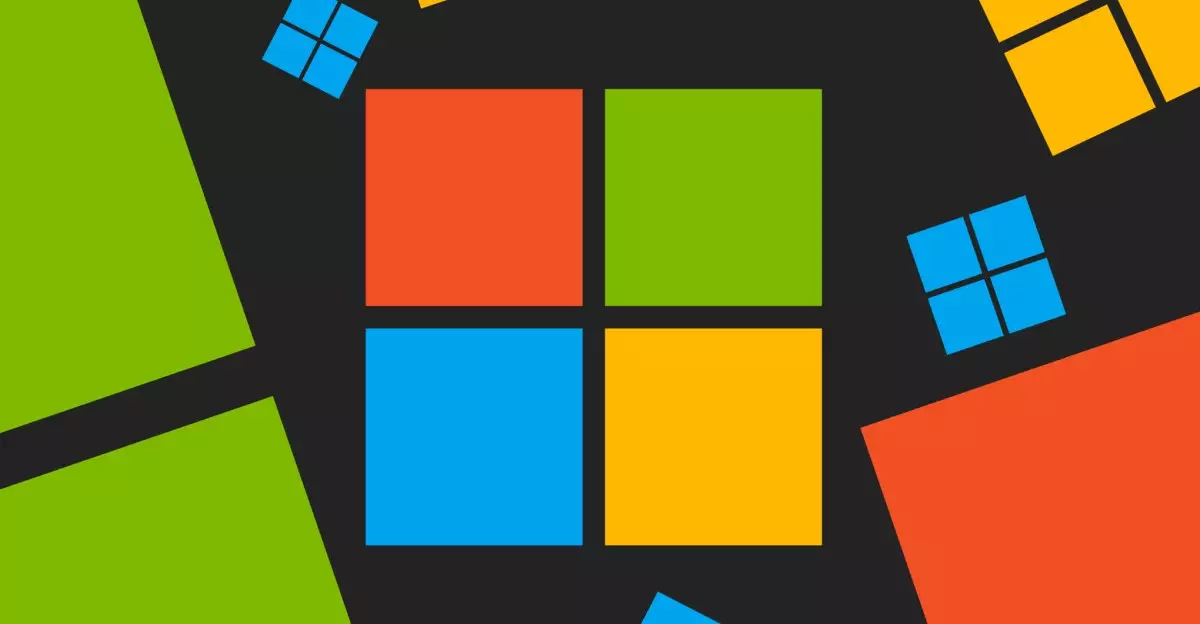In a digital landscape fraught with security breaches and relentless phishing attacks, Microsoft’s initiative to retire passwords signals not just a pivotal shift but a potential end to the age-old security method that has long defined online interactions. With over 15 years of experience in IT support before joining the tech journalism world, I have witnessed firsthand the fragility of passwords in safeguarding sensitive information. In embracing a passwordless future, Microsoft is tackling one of the most significant vulnerabilities in online security head-on, ushering in an era that prioritizes user experience and security with a breath of fresh air.
Redefining User Experience
Traditionally, creating a new account with a password has been a convoluted process often marked by complex requirements: uppercase letters, symbols, and numbers complicate the simple act of registration. With its redesigned sign-in experience, Microsoft has streamlined this tortured process by eliminating the password requirement for new accounts. New users can select from various secure sign-in methods, including passkeys and biometric authentication, making it clear that the company’s focus is not only on security but also on enhancing accessibility for its users. This innovative approach demonstrates an understanding of user frustrations and a commitment to implementing solutions that genuinely make a difference in how we navigate digital interactions.
A Step Towards Greater Security
The benefits of adopting passkey technology over traditional passwords are evident. Microsoft reports an impressive 98 percent success rate for passkey users, dwarfing the mere 32 percent for conventional password accounts. This stark difference highlights how much room there is for improvement in user authentication methods. For years, passwords have been the Achilles’ heel of cybersecurity—typically forgotten, stolen, or easily guessed—leaving users vulnerable to significant risks. By encouraging users to rely on passkeys and advanced security measures, Microsoft is effectively reinforcing the walls of digital operating systems against lurking cyber threats.
Embracing Futuristic Technologies
The company’s renaming of “World Password Day” to “World Passkey Day” marks a cultural shift toward embracing cutting-edge technology designed for a smarter user experience. This move reflects not merely an operational change but a deeper philosophical transformation within tech culture itself, pushing the narrative that the future of security is contingent not on what we know but how we identify ourselves. As we bid farewell to the ambiguity and inconvenience of passwords, our online identities enter a new realm of promise and potential.
The Bigger Picture of Security Evolution
As Microsoft embarks on this ambitious journey, it’s critical for other tech giants to take note. The radical rethinking of authentication methods has implications that reach beyond single platforms—it sets a precedent that champions user safety and simplicity. The collective shift away from passwords could lead to a more standardized approach to authenticating identities across digital platforms, presenting an opportunity for collaboration and innovation among tech leaders.
The future of digital security is rapidly evolving, and Microsoft’s proactive stance against passwords serves as a significant beacon. It illustrates not only the potential for improved security but also an unwavering commitment to making the digital world a safer space for everyone, transcending simplicity and security barriers that have long plagued users.

